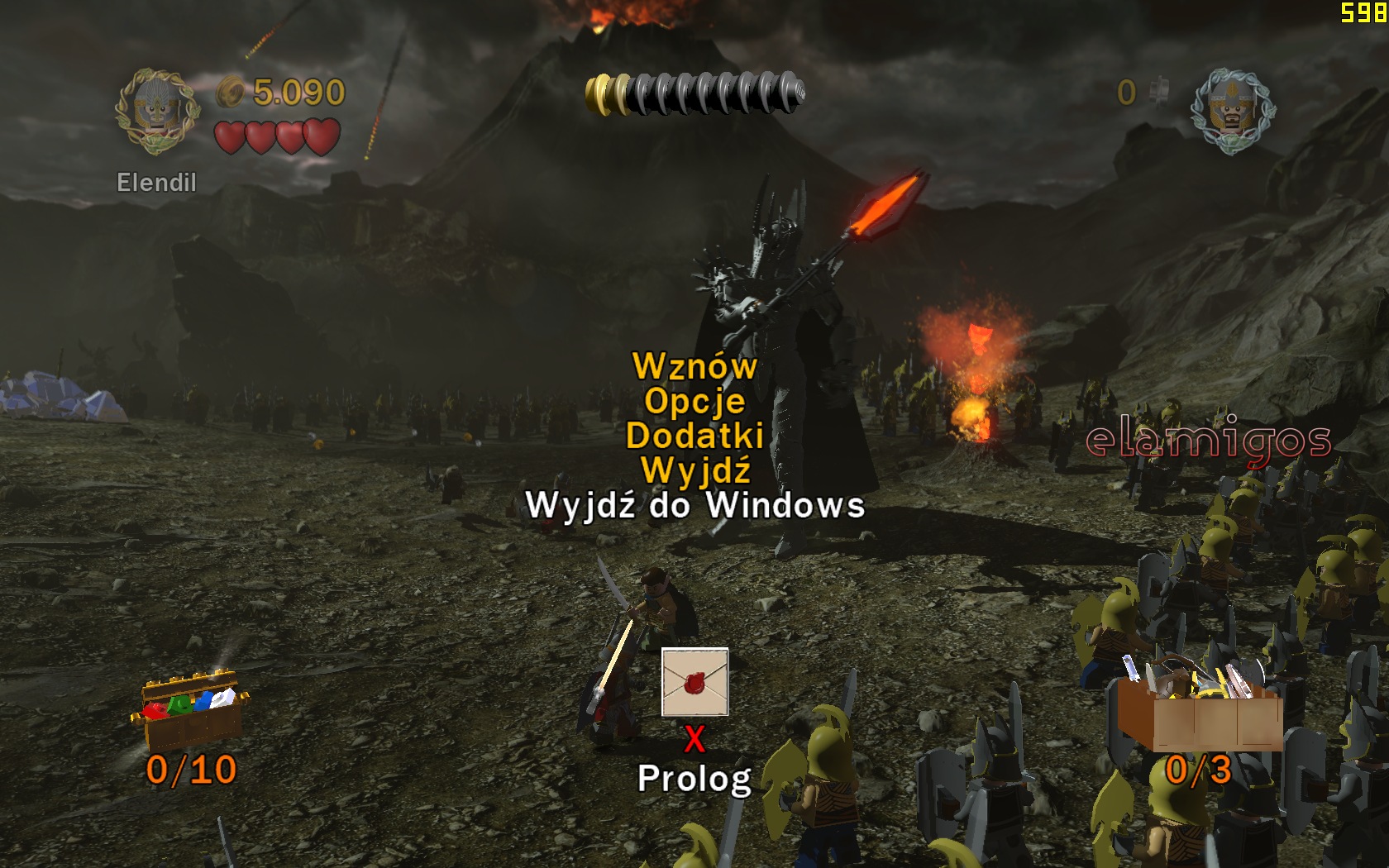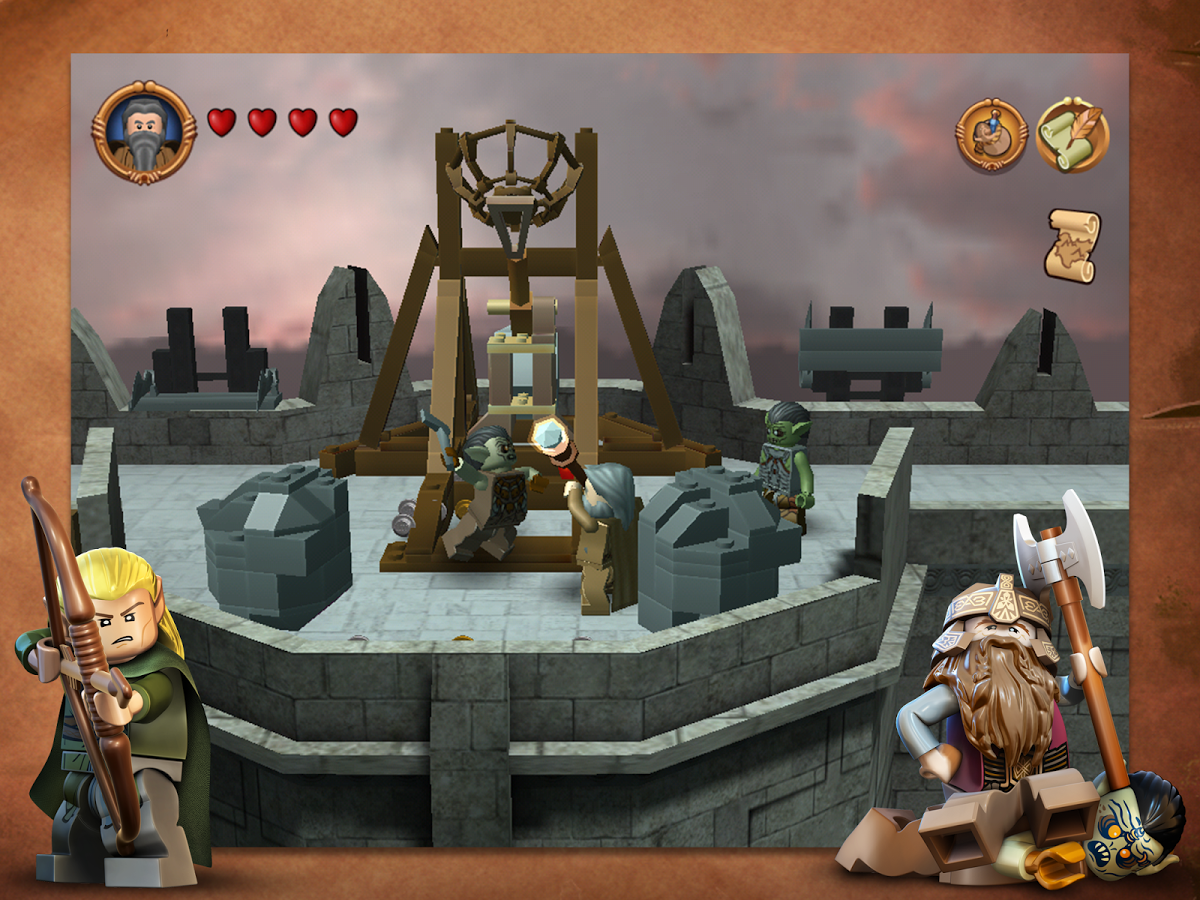


In the interest of privacy, I suggest that, before posting, you edit out the “Anonymous UUID,” a long string of letters, numbers, and dashes in the header of the report, if it’s present (it may not be.) Choose DIAGNOSTIC AND USAGE INFORMATION instead. If you don't see any reports listed, but you know there was a crash, you may have chosen Diagnostic and Usage Messages from the log list. I know the report is long, maybe several hundred lines. Use copy and paste to post the entire contents-the text, not a screenshot. The contents of the report will appear on the right. Select the most recent report related to the process in question.

The name of each report starts with the name of the process, and ends with ".crash". If the triangle is pointing to the right, click it so that it points down. There is a disclosure triangle to the left of the list item. ( not Diagnostic and Usage Messages) from the log list on the left. Anonymize before posting.ĭIAGNOSTIC AND USAGE INFORMATION ▹ User Diagnostic Reports ☞ Some private information, such as your name, may appear in the log. Please don't post screenshots of log messages-post the text. Please don't indiscriminately dump thousands of lines from the log into this discussion. A few dozen lines are almost always more than enough. When posting a log extract, be selective. ☞ The log contains a vast amount of information, almost all of which is irrelevant to solving any particular problem. Paste into a reply to this message by pressing command-V. Copy them to the Clipboard by pressing the key combination command-C. Select the messages from the time of the last crash, if any. For example, if iTunes crashed, you would enter "iTunes" (without the quotes.)Įach message in the log begins with the date and time when it was entered. Enter the name of the crashed application or process. Initially the words "String Matching" are shown in that box. In the top right corner of the Console window, there's a search box labeled Filter. If you don't see that list, selectįrom the menu bar at the top of the screen. If it isn't, selectįrom the log list on the left. Click Utilities, then Console in the icon grid.įor this step, the title of the Console window should be All Messages.

The application is in the folder that opens. ☞ In the Finder, select Go ▹ Utilities from the menu bar, or press the key combination shift-command-U. Select it in the results (it should be at the top.) ☞ Enter the first few letters of its name into a Spotlight search. Launch the Console application in any of the following ways:


 0 kommentar(er)
0 kommentar(er)
